Electric Car Components: Understanding the Parts that Power the Future
As the world shifts towards
cleaner and more sustainable modes of transportation, electric cars have become
increasingly popular. Unlike traditional vehicles, electric cars use an
electric motor and battery pack to power the car instead of gasoline. In this
article, we will explore the various components that make up an electric car
and how they work together to create an eco-friendly mode of transportation.
Table of Contents
·
Introduction
·
Electric Motor
·
AC vs DC Motors
·
Motor Controller
·
Battery Pack
·
Lithium-Ion Batteries
·
Battery Management System
·
Regenerative Braking
·
Charging System
·
Charging Station
·
Charging Cable
·
Onboard Charger
·
Power Inverter
·
Heating, Ventilation, and Air Conditioning (HVAC)
System
·
Electric Power Steering
·
Electric Brake System
·
Conclusion
·
FAQs
Introduction
Electric cars are an increasingly
popular alternative to traditional gasoline-powered vehicles. They offer
numerous benefits, including lower emissions, quieter operation, and lower
maintenance costs. In order to understand how electric cars, work, it is important
to first understand the components that make up an electric car.
Electric Motor
The electric motor is the heart of
the electric car. It is responsible for converting electrical energy into
mechanical energy, which powers the wheels of the car. There are two main types
of electric motors used in electric cars: AC (alternating current) and DC
(direct current) motors.
AC vs DC Motors
AC motors are more commonly used
in electric cars due to their higher efficiency and power output. They also
require less maintenance than DC motors, which have brushes that need to be
replaced periodically. However, DC motors are still used in some electric cars,
particularly in smaller vehicles.
Motor Controller
The motor controller is
responsible for controlling the speed and torque of the electric motor. It
receives input from the accelerator pedal and adjusts the power output of the
motor accordingly.
Battery Pack
The battery pack is the energy
storage system of the electric car. It provides the electrical energy needed to
power the electric motor. Most electric cars use lithium-ion batteries, which
offer high energy density and are lightweight.
Lithium-Ion Batteries
Lithium-ion batteries are made up
of multiple cells that are connected in series and parallel to create a higher
voltage and capacity. They are able to store and release energy quickly, which
makes them well-suited for use in electric cars.
Battery Management System
The battery management system
(BMS) is responsible for monitoring the state of charge, temperature, and
voltage of the battery pack. It also controls the charging and discharging of
the battery to ensure that it operates within safe limits.
Regenerative Braking
Regenerative braking is a feature
that allows the electric motor to act as a generator when the car is braking.
This generates electricity, which is then stored in the battery pack. This
system helps to increase the overall efficiency of the electric car by reducing
the amount of energy that is lost during braking.
Charging System
The charging system is responsible
for charging the battery pack of the electric car. There are three main
components of the charging system: the charging station, the charging cable,
and the onboard charger.
Charging Station
The charging station is the
external device that supplies the electrical energy to charge the battery pack.
It is typically installed in a fixed location, such as a parking lot or garage.
Also Read: The Real Cost of an EV Charging Station in India: Profitability Analysis
Charging Cable
The charging cable connects the
charging station to the electric car. It is designed to safely transfer
electrical energy from the charging station to the onboard charger.
Onboard Charger
The onboard charger is responsible
for converting the AC power from the charging station into DC power that can be
stored in the battery pack. It also regulates the charging process to ensure
that the battery is not overcharged or undercharged.
Power Inverter
The power inverter is responsible
for converting the DC power stored in the battery pack into AC power that can
be used to power the various electrical components of the car, such as the HVAC
system and the electric power steering.
Heating, Ventilation, and Air Conditioning (HVAC) System
The HVAC system in an electric car
is similar to that in a traditional gasoline-powered car, with the exception
that it is powered by the electric motor instead of the engine. The HVAC system
uses the power inverter to convert DC power into AC power to operate the
heating and air conditioning systems.
Electric Power Steering
Electric power steering (EPS) is a
system that uses an electric motor to assist with steering the car. The EPS
system is more efficient than traditional hydraulic power steering systems
because it does not require a separate pump to generate hydraulic pressure.
Electric Brake System
The electric brake system in an
electric car uses an electric motor to apply the brakes instead of a hydraulic
system. This system is more efficient and requires less maintenance than
traditional hydraulic brake systems.
Conclusion
Electric cars are a rapidly
growing segment of the automotive industry, and they are becoming increasingly
popular due to their numerous benefits, such as lower emissions and lower
maintenance costs. Understanding the various components that make up an
electric car is essential for anyone interested in owning or driving an
electric car.
FAQs
How long do electric car batteries last?
The lifespan of an electric car
battery depends on various factors, such as the type of battery, usage
patterns, and maintenance. In general, most electric car batteries are designed
to last for several years, with some manufacturers offering warranties of up to
8 years or more.
Can you charge an electric car at home?
Yes, you can charge an electric
car at home using a dedicated charging station or a standard electrical outlet.
However, it is recommended that you have a qualified electrician install the
charging station to ensure that it is done safely and properly.
How much does it cost to charge an electric car?
The cost of charging an electric
car varies depending on the cost of electricity in your area, the size of your
battery pack, and the efficiency of your charging system. On average, it costs
about 10 to 20 cents per kilowatt-hour to charge an electric car.
How fast can electric cars go?
The top speed of an electric car
depends on various factors, such as the power output of the electric motor, the
size of the battery pack, and the aerodynamics of the car. In general, most
electric cars have a top speed of around 100 to 150 miles per hour.
Are electric cars more expensive than gasoline cars?
Electric cars are generally more expensive than gasoline cars, primarily due to the cost of the battery pack. However, the total cost of ownership of an electric car is typically lower than that of a gasoline car due to lower fuel and maintenance costs over the lifetime of the vehicle.
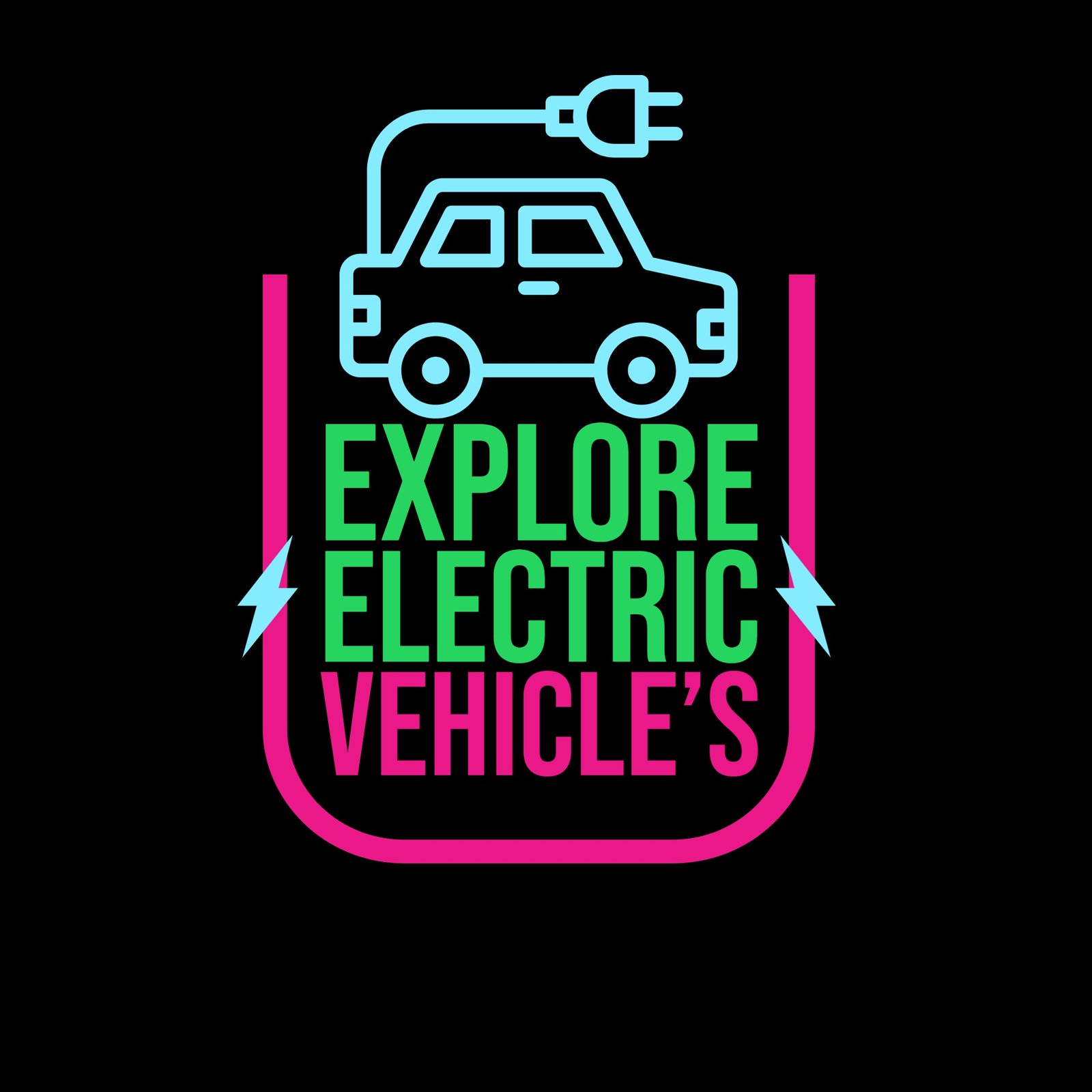
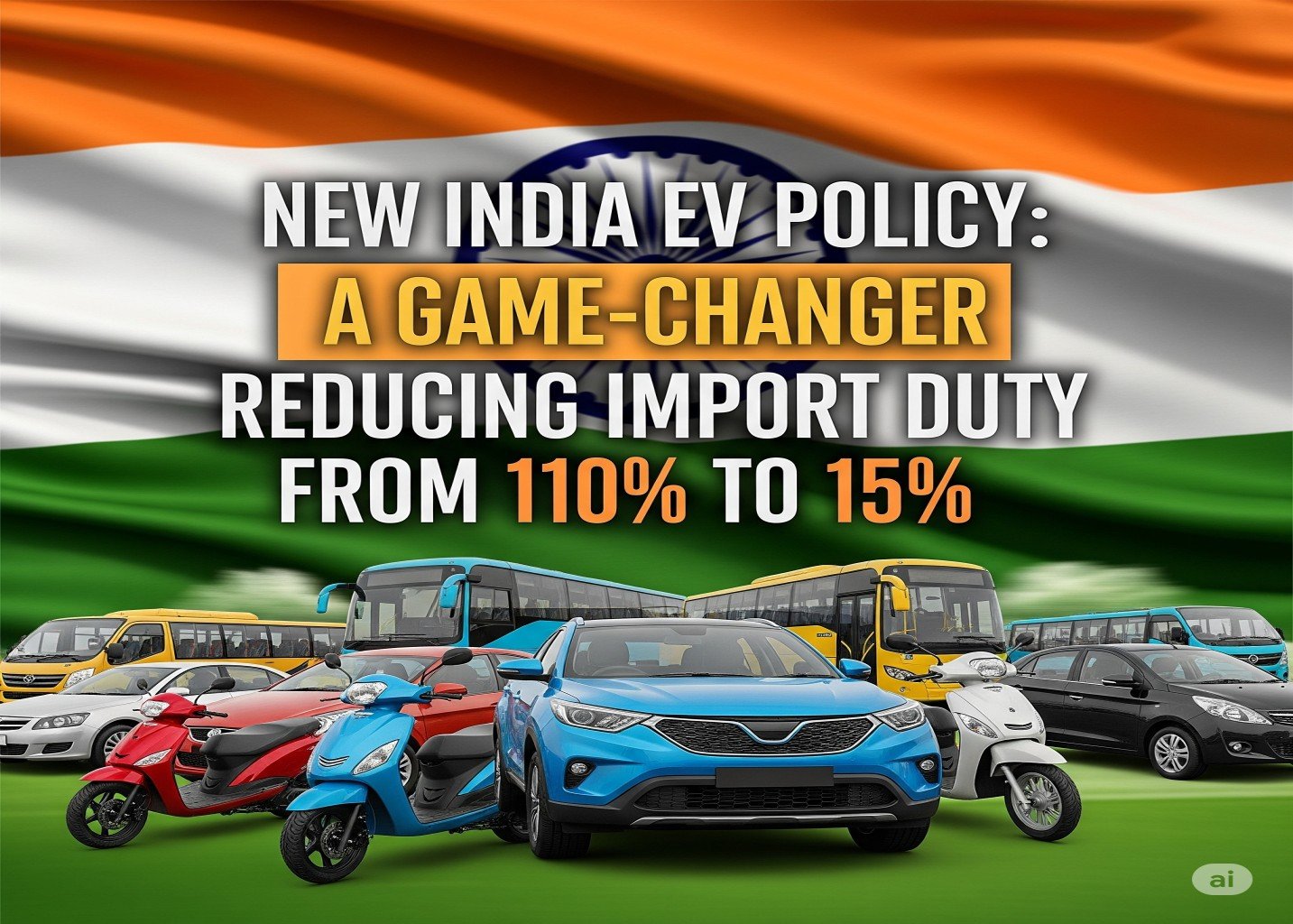
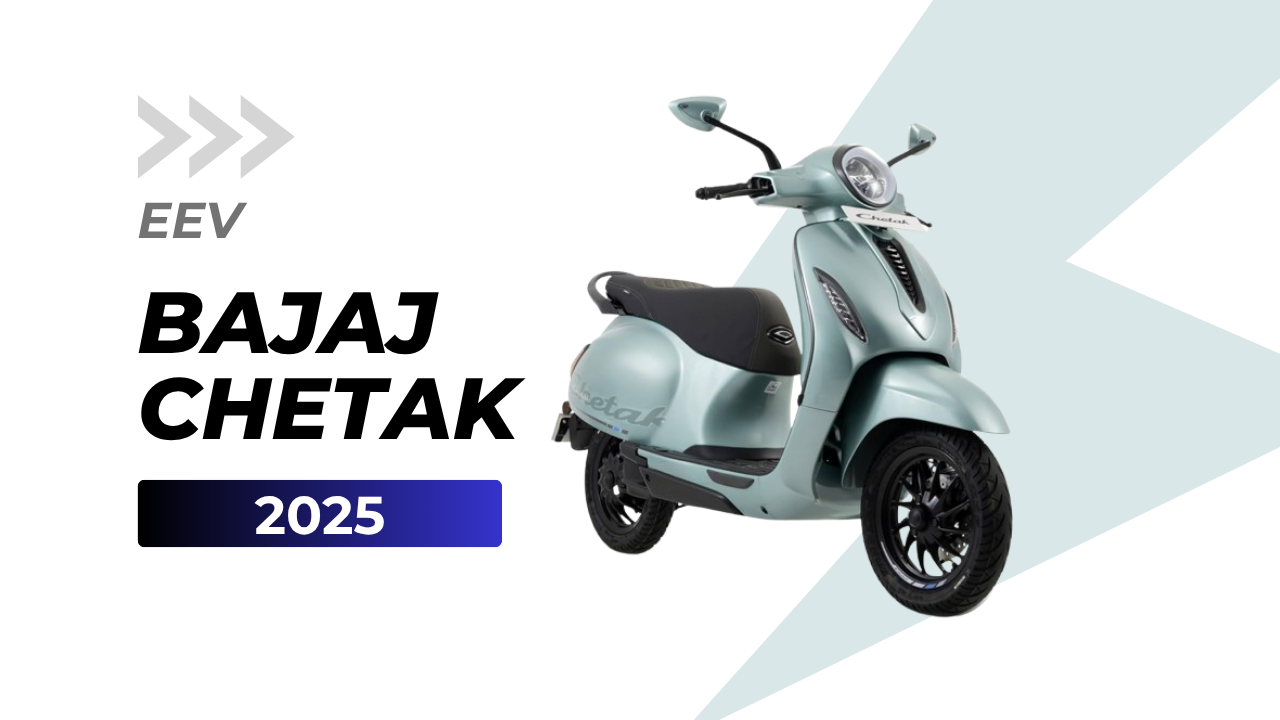
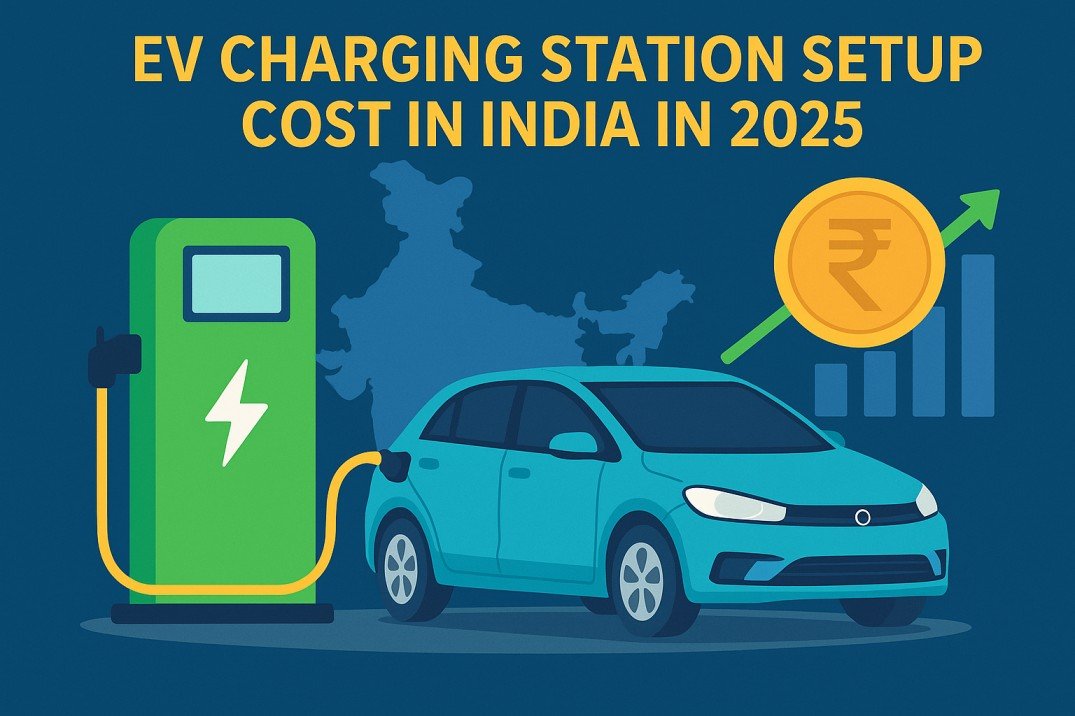


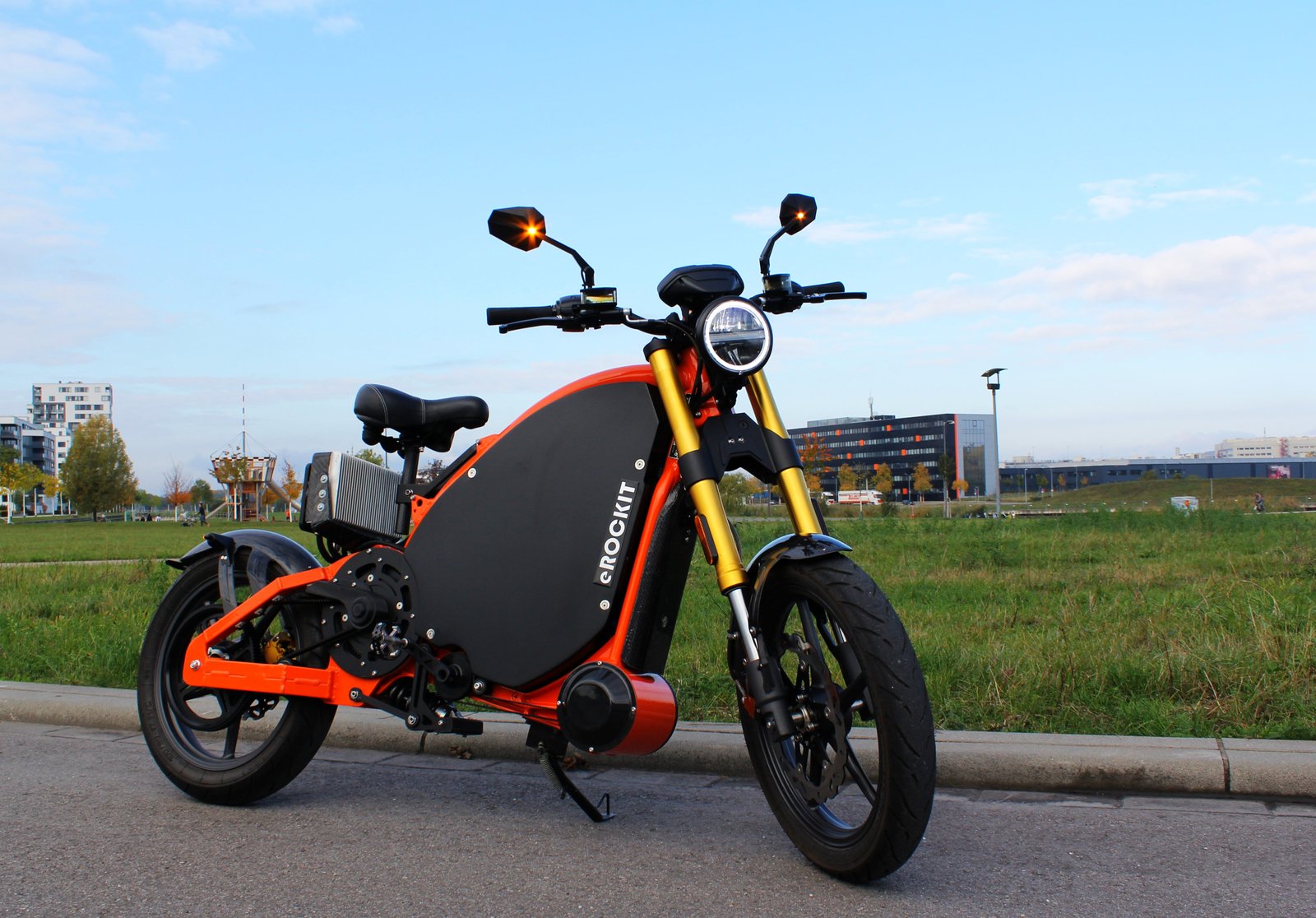

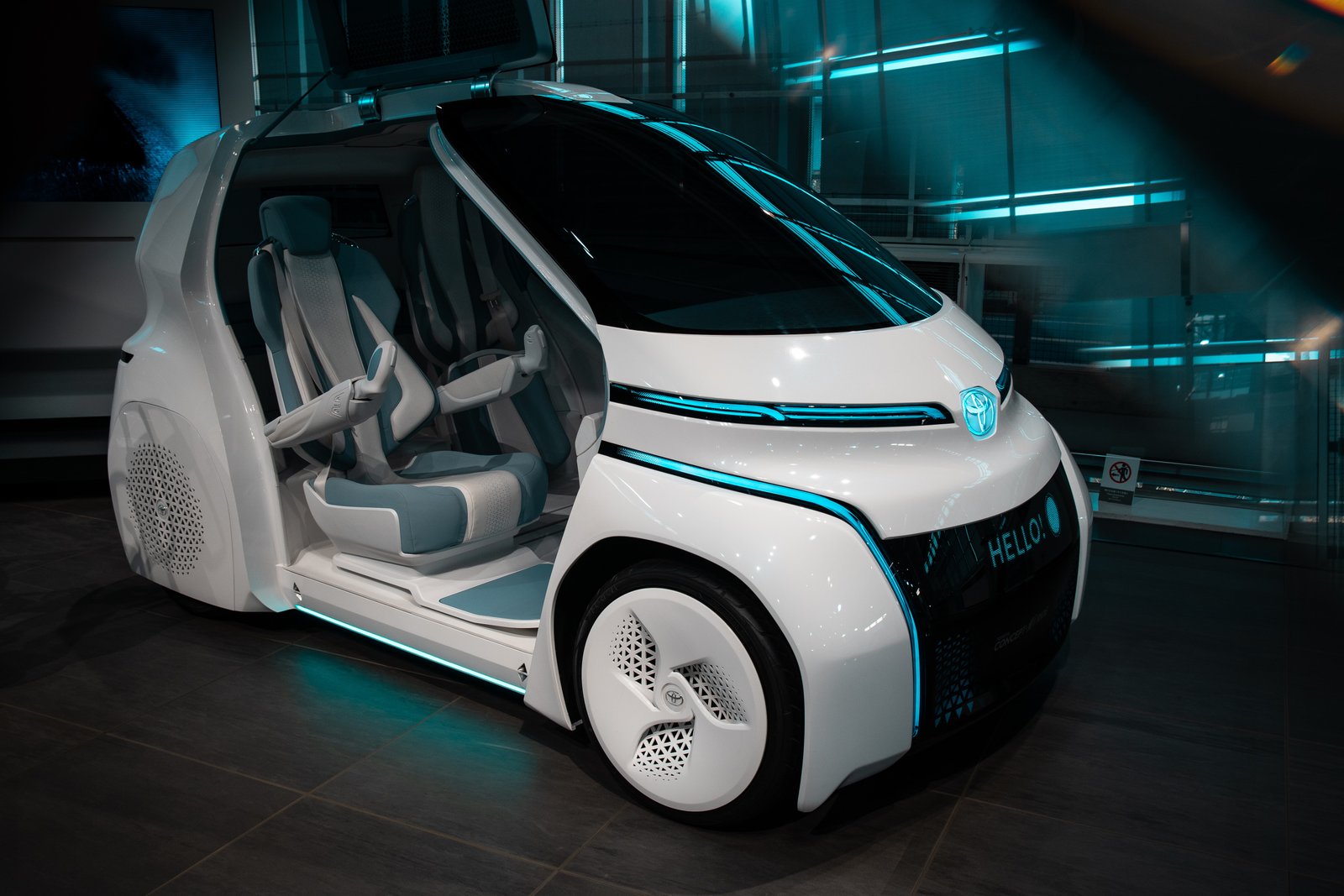
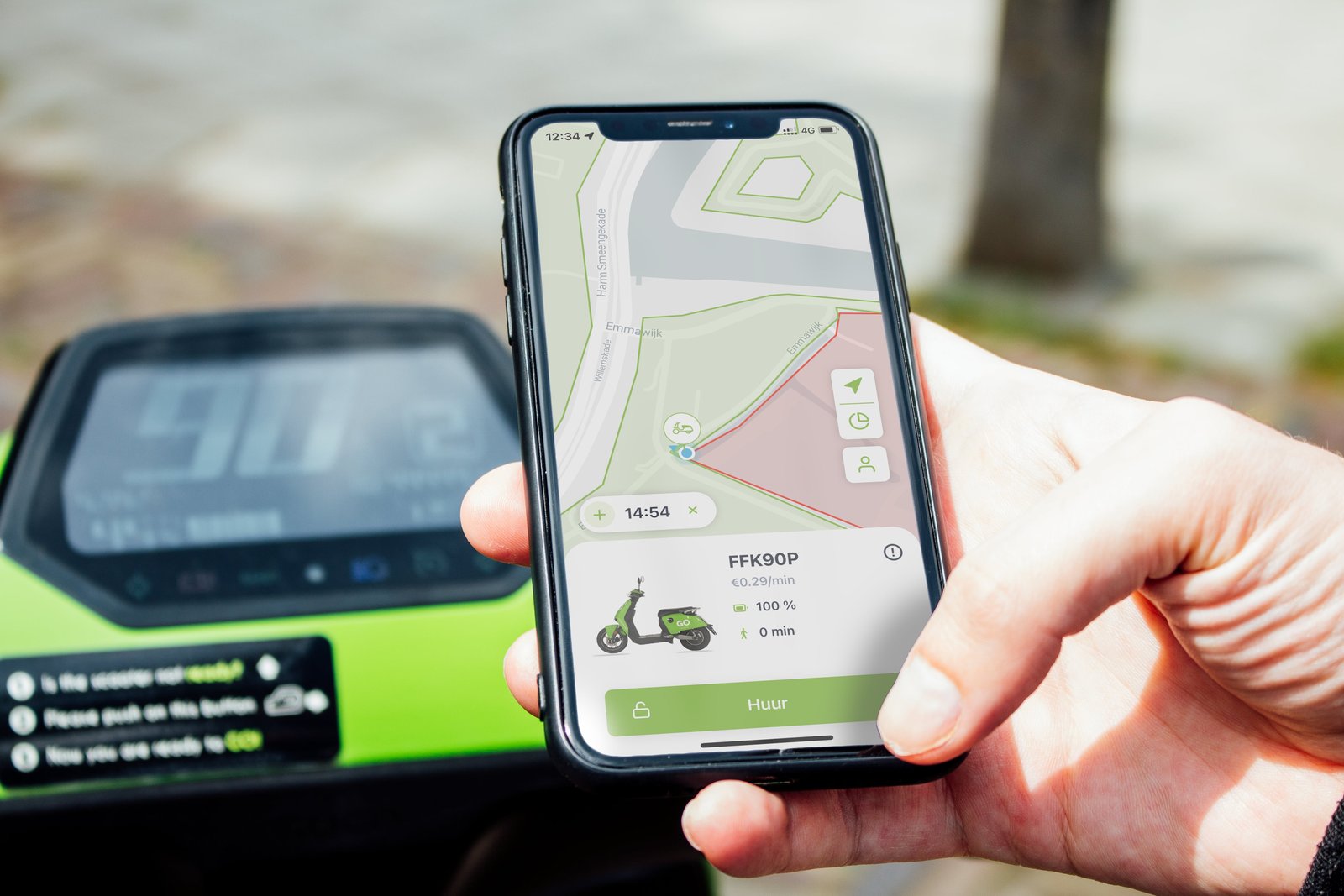
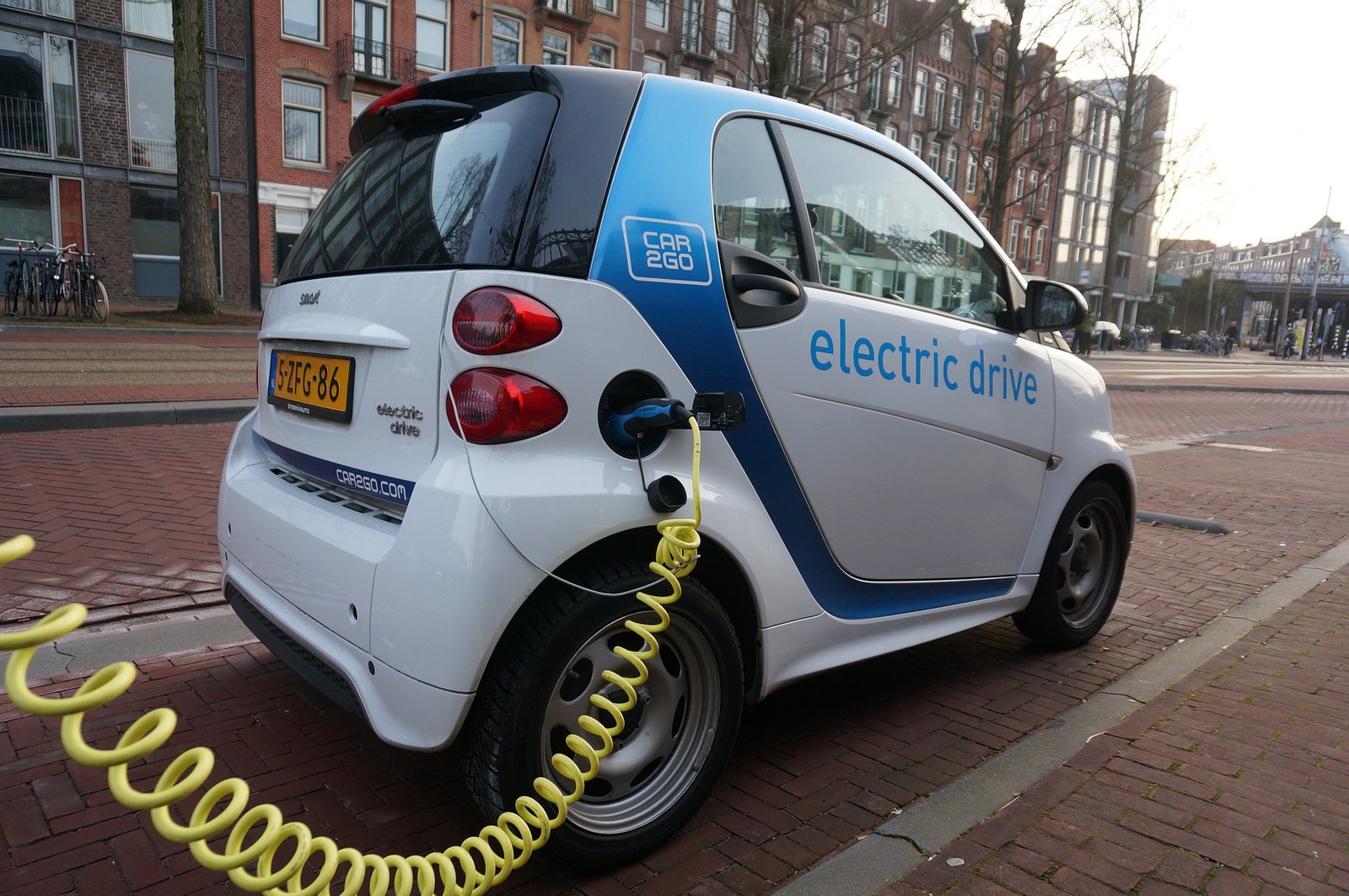

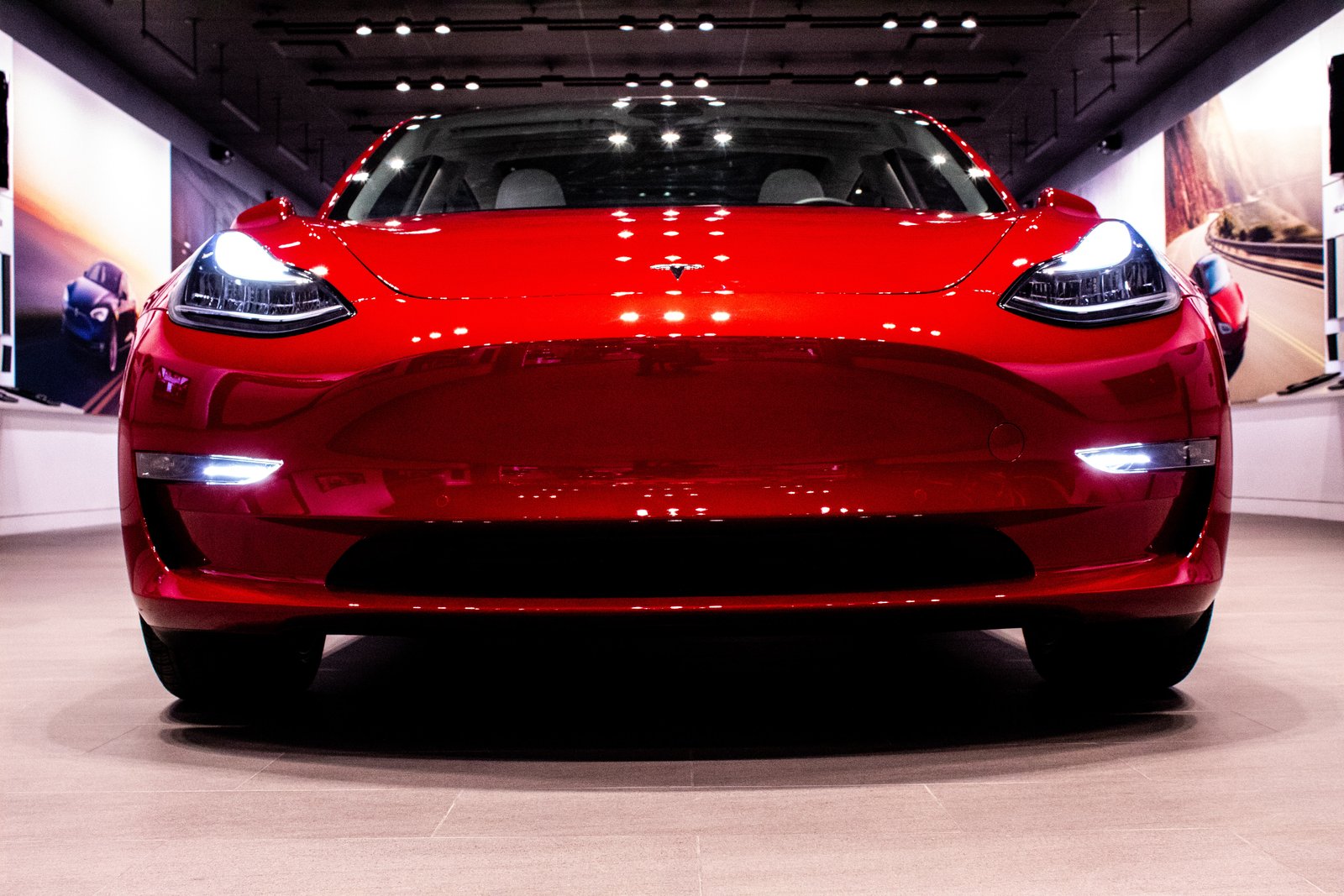
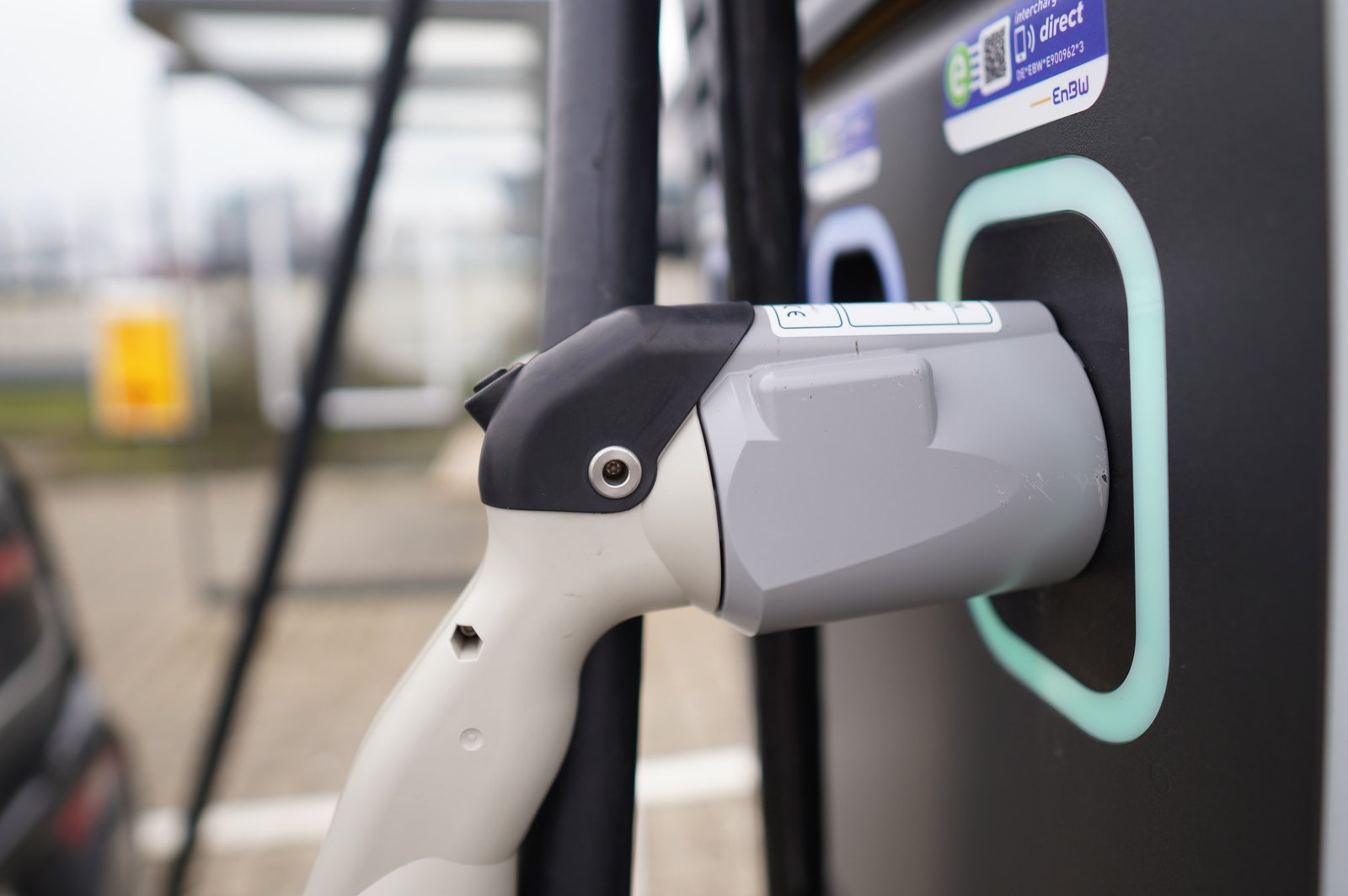
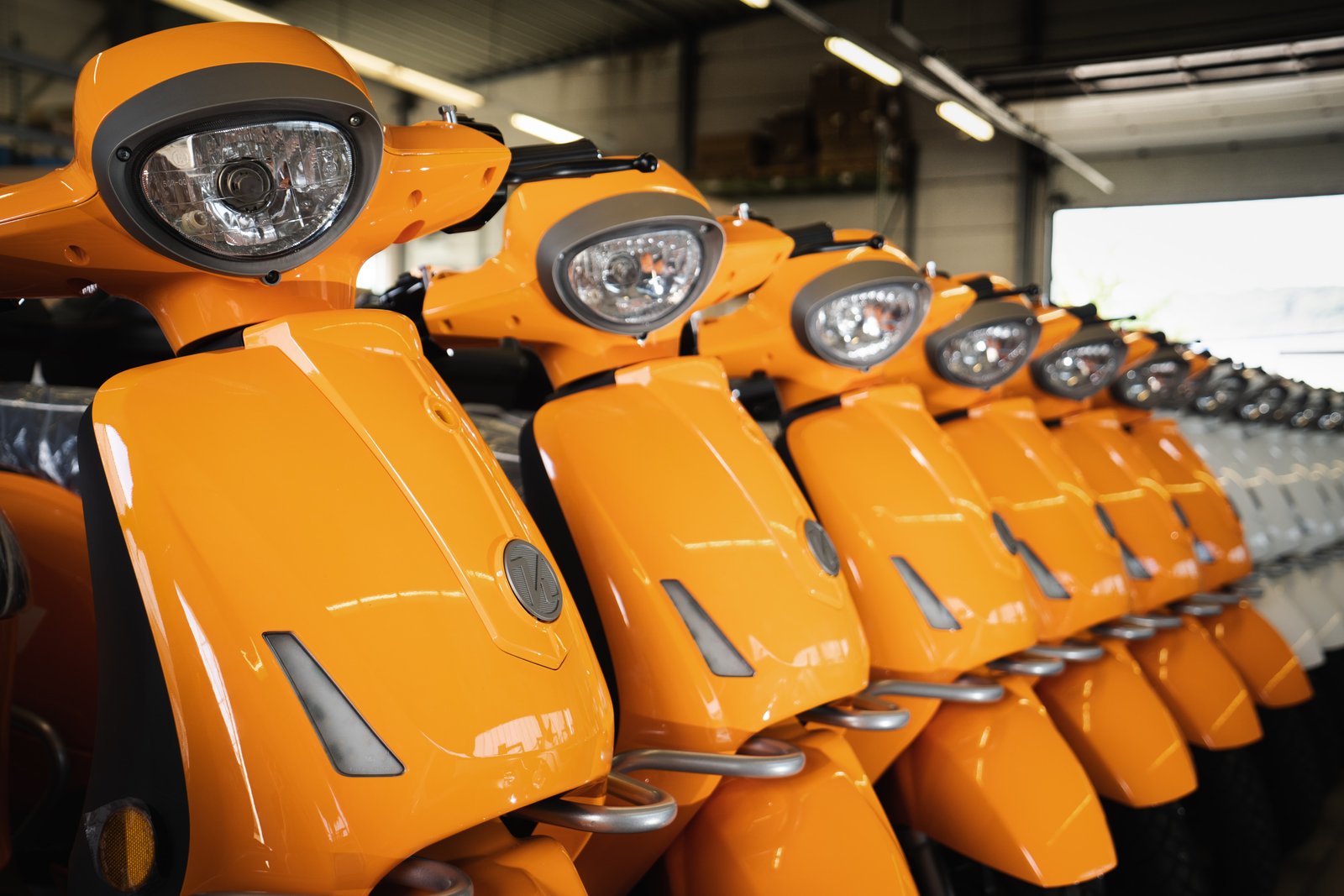

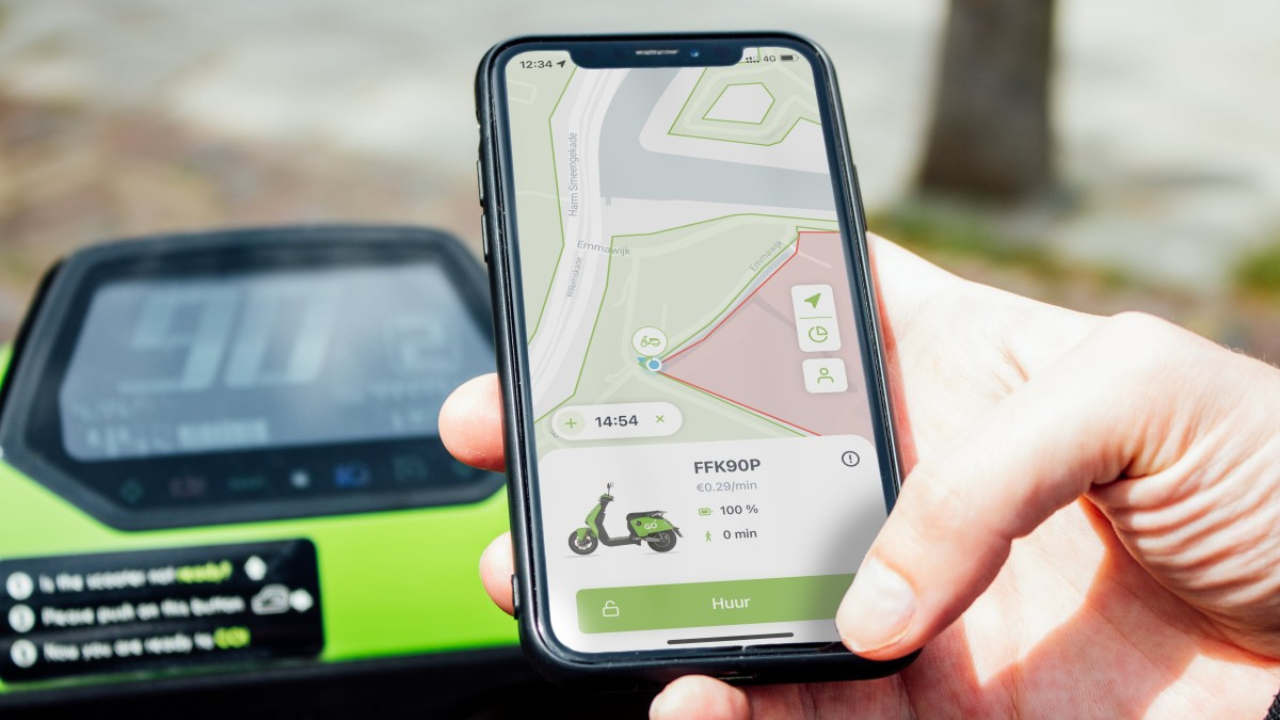
Leave a Comment